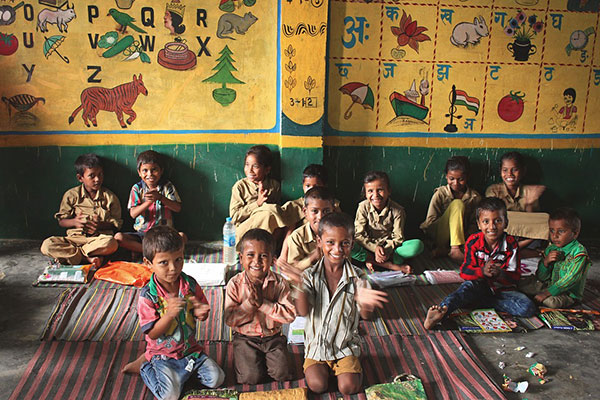-Reshma Ravishanker
Acknowledging the learning loss among children due to the pandemic-induced closure of schools, the government has proposed to give supplementary education a boost.
In one of the announcements that were made during the budget speech, Union finance minister Nirmala Sitaraman who presented the budget said that children have been affected as they have lost two years of formal education.
“Due to the pandemic-induced closure of schools, our children, particularly in the rural areas, and those from Scheduled Castes and Scheduled Tribes, and other weaker sections, have lost almost 2 years of formal education. Mostly, these are children in government schools,” she said.
One of the important initiatives in this direction, the government has decided to impart supplementary teaching and to build a resilient mechanism for education delivery.
“For this purpose, ‘one class-one TV channel’ programme of PM eVIDYA will be expanded from 12 to 200 TV channels. This will enable all states to provide supplementary education in regional languages for classes 1-12,” Sitaraman announced.
In yet another initiative to address the rural and backward sections, in particular, Anganwadis have been given a boost.
Under the Saksham Anganawadis scheme, it is proposed that two lakh Anganawadis across the country will be upgraded to have better audio-visual teaching aids and support devices and technology powered by clean energy.
“Recognizing the importance of Nari Shakti as the harbinger of our bright future and for women-led development during the Amrit Kaal, our government has comprehensively revamped the schemes of the Ministry of Women and Child Development. Accordingly, three schemes, namely, Mission Shakti, Mission Vatsalya, Saksham Anganwadi and Poshan 2.0 were launched recently to provide integrated benefits to women and children,” she said.
Responding to this, BS Rishikesh, lead, Hub for Education, Law & Policy, Azim Premji University said, “Saksham Anganwadis are welcome – though 2L Anganwadis in a landscape that has nearly one and a half million is not even a drop. There are better ways of ensuring quality even if has to be done in a phased manner – for instance, to begin with, lots of simple children’s toys and books itself could be a beginning by which all the million Anganwadis get such facilities before going into fancy audio-video infrastructure.”
Regarding the allocations for the education sector overall, he said, “For any educationist, this is a very disappointing budget as even the little money that has been promised is being wasted in things that haven’t worked! But is it surprising that this has happened? Actually, it’s not a surprise at all.”
Also read:
Union Budget 2022: Digital education gets a boost
FM announces Union Budget 2022: Highlights for education sector
